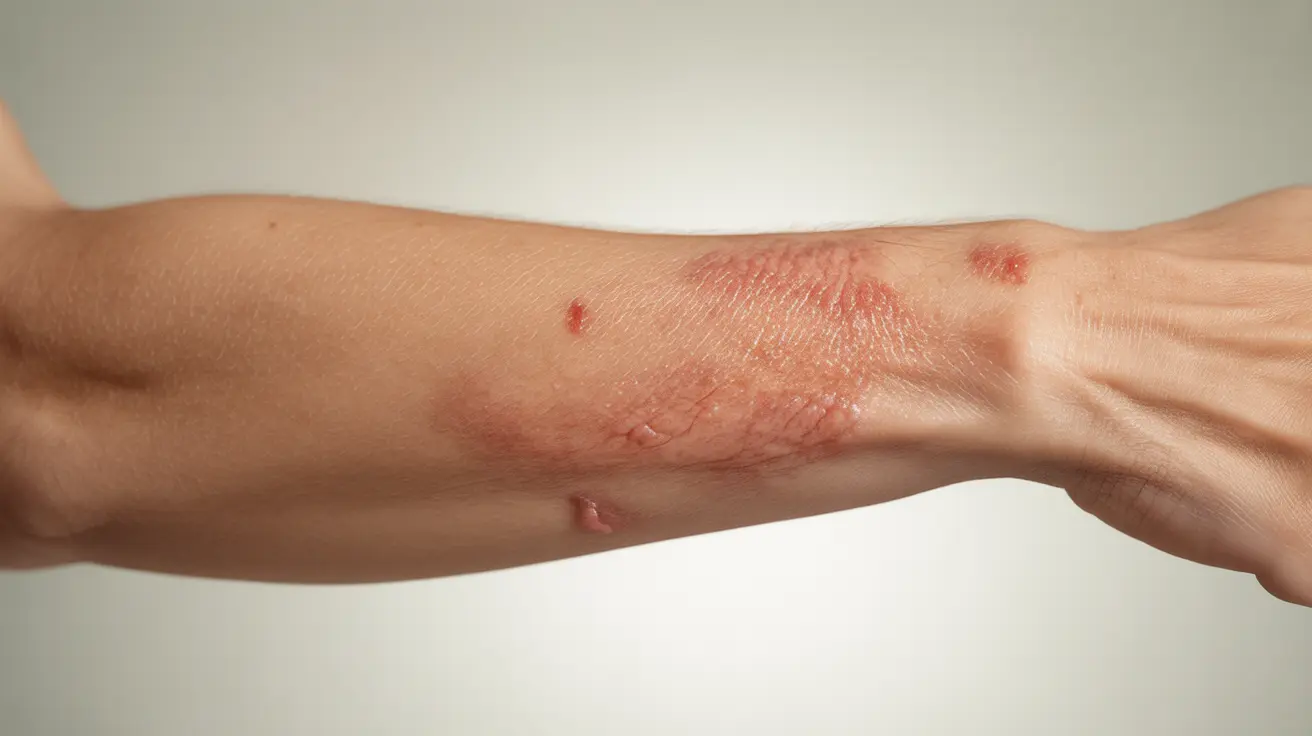A polyester allergy can significantly impact daily life, affecting everything from clothing choices to bedding selections. While pure polyester itself rarely causes allergic reactions, various factors associated with polyester fabrics can trigger uncomfortable symptoms in sensitive individuals. Understanding this condition is crucial for proper management and finding suitable alternatives.
In this comprehensive guide, we'll explore the symptoms, causes, diagnosis, and treatment options for polyester allergies, helping you make informed decisions about your fabric choices and health management.
Understanding Polyester Allergy Symptoms and Timing
When someone experiences a polyester allergy reaction, symptoms typically develop within minutes to hours after skin contact with the fabric. Common symptoms include:
- Skin redness and irritation
- Itching or burning sensation
- Rash or hives
- Small bumps or blisters
- Dry, scaly patches
- Skin warmth or tenderness
In more severe cases, individuals might experience:
- Difficulty breathing
- Swelling around the contact area
- Widespread skin reactions
- Increased skin sensitivity
The True Causes Behind Polyester Reactions
While pure polyester fiber itself is generally considered hypoallergenic, several factors can trigger allergic reactions:
Chemical Treatments and Finishes
Most polyester fabrics undergo various chemical treatments during manufacturing, including:
- Dyes and colorants
- Flame retardants
- Wrinkle-resistant treatments
- Antimicrobial agents
- Fabric softeners
Environmental Factors
Polyester's synthetic nature can create conditions that lead to reactions:
- Trapped moisture and heat
- Accumulated dust mites
- Bacterial growth
- Static electricity build-up
Diagnosing a Polyester Allergy
Healthcare professionals typically use several methods to diagnose a polyester allergy:
- Patch testing with fabric samples
- Detailed medical history review
- Skin examination
- Elimination testing with different fabrics
Treatment Approaches and Relief Methods
Medical Treatments
Several medical interventions can help manage symptoms:
- Topical corticosteroids
- Antihistamine medications
- Calamine lotion
- Prescribed skin creams
Natural and Home Remedies
Various home-based solutions can provide relief:
- Cool compresses
- Oatmeal baths
- Aloe vera gel
- Natural moisturizers
Prevention and Alternative Fabric Options
To avoid polyester allergy reactions, consider these alternatives:
- 100% cotton clothing and bedding
- Organic bamboo fabrics
- Pure linen items
- Natural silk materials
- Wool (if not sensitive)
Frequently Asked Questions
What are the common symptoms of a polyester allergy and how soon do they appear after contact?
Common symptoms include skin redness, itching, rash, and hives, typically appearing within minutes to several hours after contact with polyester fabrics. Some individuals may also experience burning sensations or develop small blisters in the affected areas.
What causes a polyester allergy if the fabric itself is usually not the allergen?
Most polyester allergies are actually reactions to chemical treatments used in fabric manufacturing, including dyes, flame retardants, and finishing agents. Additionally, polyester's synthetic nature can trap moisture and heat, creating an environment that promotes skin irritation and bacterial growth.
How is a polyester allergy diagnosed by a healthcare professional?
Healthcare providers typically diagnose polyester allergies through patch testing, detailed medical history review, and physical examination of skin reactions. They may also recommend elimination testing to confirm the diagnosis.
What treatments and home remedies can help relieve symptoms of a polyester allergy?
Treatment options include topical corticosteroids, antihistamines, and calamine lotion for immediate relief. Home remedies such as cool compresses, oatmeal baths, and natural moisturizers can also help manage symptoms effectively.
What are the best ways to prevent polyester allergy reactions and what fabric alternatives are recommended?
The best prevention strategy is avoiding polyester-containing fabrics. Choose natural alternatives like 100% cotton, linen, bamboo, or silk. Always check clothing labels and opt for hypoallergenic fabrics when possible. Pre-washing new garments can also help remove residual chemicals.




